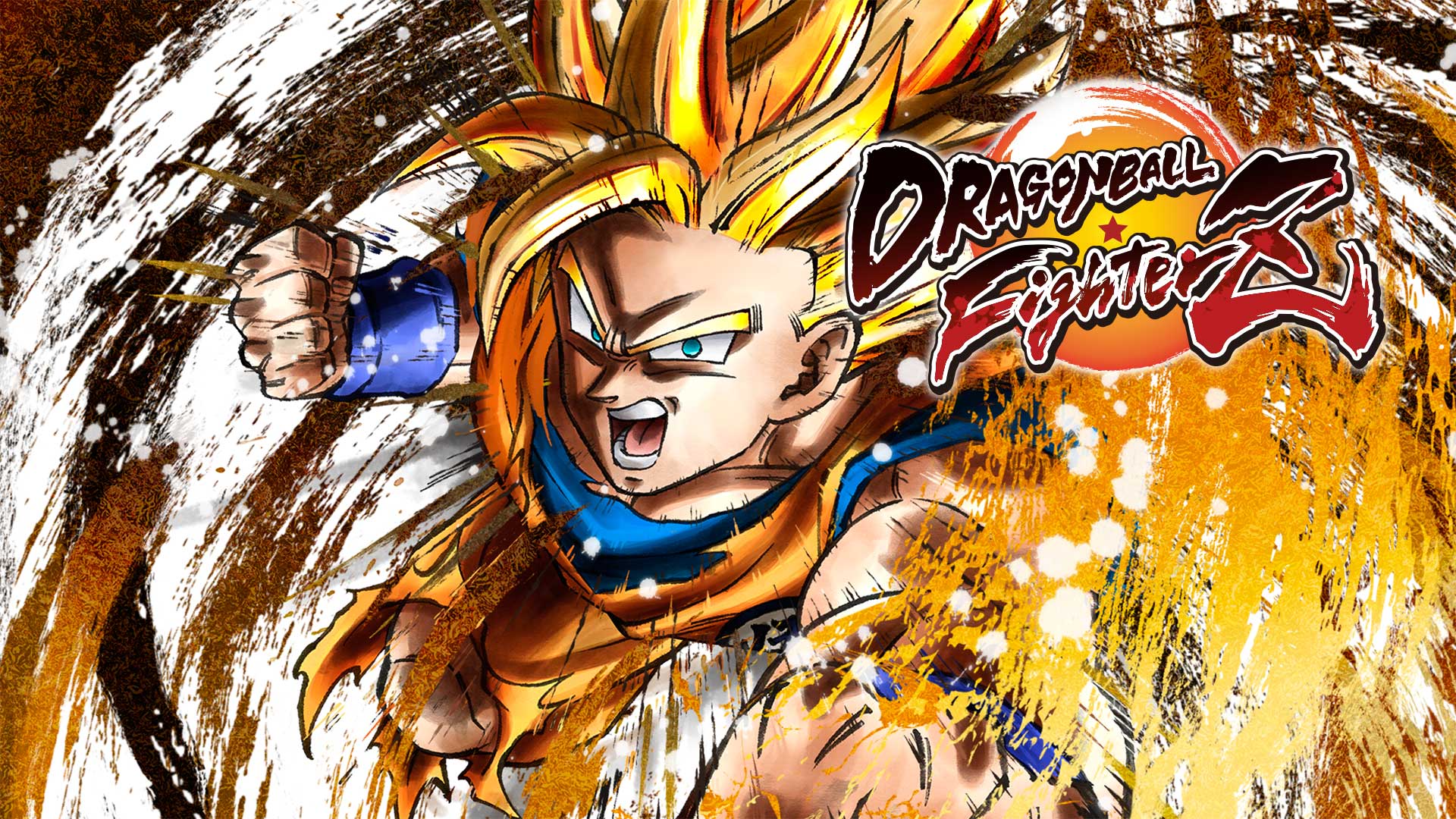
Fighting games are hard. To become a player with any semblance of ability requires hours of practice and dedication. You must learn the unique combos for your characters, sequences of attacks that generally differ based on the context in which the first hit lands (i.e. mid-stage vs in the corner). You have to figure out what to do in the neutral game, a term for when neither player is hitting combos or pressuring the other. You have to hone your defence by learning when to block low or high, and how to escape block-strings. And then you have to learn the match-ups with every other character to ensure that you’re aware of your opponent’s capabilities. These are just the absolute basics, with other concepts such as meter management, wake up theory, and many others all playing an important role as well.
For twenty years, the developer and publisher Arc System Works have created some of the most fast-paced and mechanics heavy fighters out there. Due to the inherent time commitment involved, fighting games are already somewhat of a niche genre, but ArcSys has been catering to a sub-section of that community with their Guilty Gear and BlazBlue series. This type of Japanese fighting game has been dubbed an “anime fighter” in reference to the art style, but this designation comes with the implication of lightning quick and mechanics heavy play dominated by quick movement options.
Despite their reputation, ArcSys have recently undergone a philosophical change in their approach to the genre, a change brought on by their handling of the much beloved Dragon Ball franchise. With Dragon Ball FighterZ, it was clear that the studio wanted to ditch their stigma as the creators of impenetrable experiences for the purpose of appealing to the massive DB fandom. In short, the new mechanics open up the genre by allowing players to get to the core systems quicker. This means that newcomers can focus on fun things like the neutral game and reading an opponent, rather than worrying about 360-motion inputs and 1-frame links. In their following game, BlazBlue: Cross Tag Battle, ArcSys managed to once again successfully implement this paradigm. They made one of the most notoriously complicated series out there into something that new players can easily get into. The studio achieved this through a few deliberate decisions that have massive implications in terms of accessibility.
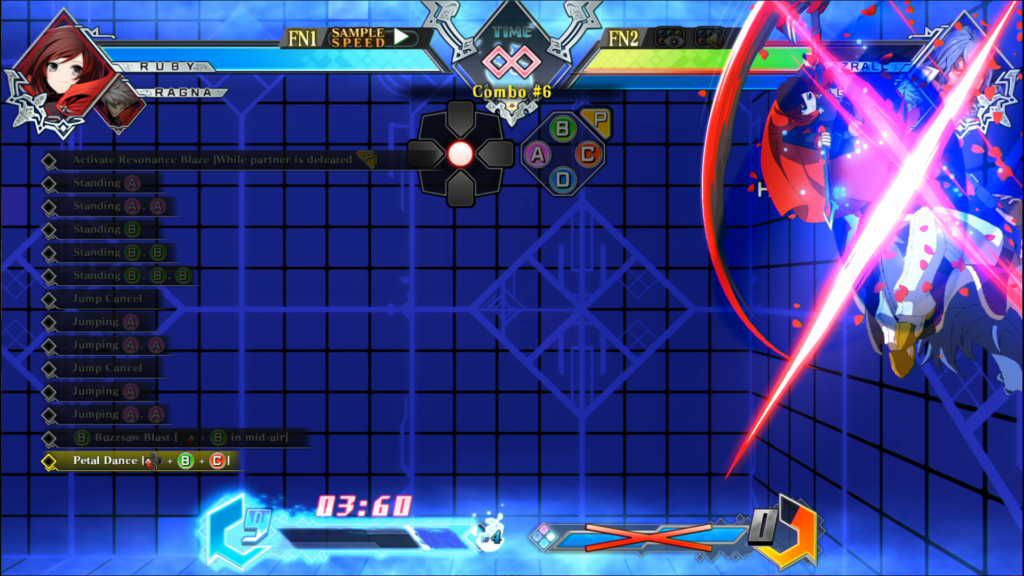
Auto-combos, Simplified Combo Structure, and Generous Timing Windows
The most readily apparent life-preserver thrown to genre newcomers is the auto-combo. By pressing a single attack button, a non-optimized sequence of attacks is performed that does decent damage. While many may decry this measure as an oversimplification and a step too far, these combos are far from optimal. Their presence doesn’t diminish things for players that want to fully dive into the combo system, as those who grind out full combos will be rewarded with far more damaging sequences. Importantly, auto-combos makes it much easier to get to the more strategic elements of play. Instead of it being a prerequisite to spend several hours grinding in the lab to be able to do any amount of damage, new players can get a taste for what makes the genre so compelling. They can immediately understand the push and pull of a match, the strategy involved in jockeying for position and performing pressure, and maybe even the thrill of victory.
In the case of FighterZ, the basic combo structure is also friendly. The majority of the cast has a relatively similar bread and butter combo, dealing a sizeable amount of damage. This feels particularly important for FighterZ because the game is a 3v3 fighter, and if entirely specialised strings had to be learned for each of your mains this would be a fairly huge undertaking. This isn’t too say more specialised characters don’t exist, but the basic series of inputs to perform an aerial combo is the same across most of the cast, with a few deviation points. Most BBTag characters have more unique strings, but even many of these characters follow a similar combo structure to the one found in FighterZ, making a transition between games easy. It’s important to note that the combos in both FighterZ and BBTag are relatively long when compared to more traditional titles like Street Fighter, but don’t require nearly as much precise timing to pull of. Once you’ve internalised the fact that attacks can only be chained from light to heavy (with most characters), and once you’ve learned the fundamentals of jump-cancelling, the generous timing windows make it very doable to perform a long series of attacks. These sequences are very gratifying, looks extremely cool, and best of all can easily chain into stylish meter-burning supers. It may take some time to get down the optimised combos in both games, but thanks to the lax timing windows, this is far from impossible. And if you want to delay the practice of learning lengthy combos, auto-combos allow players to enjoy competition up front.
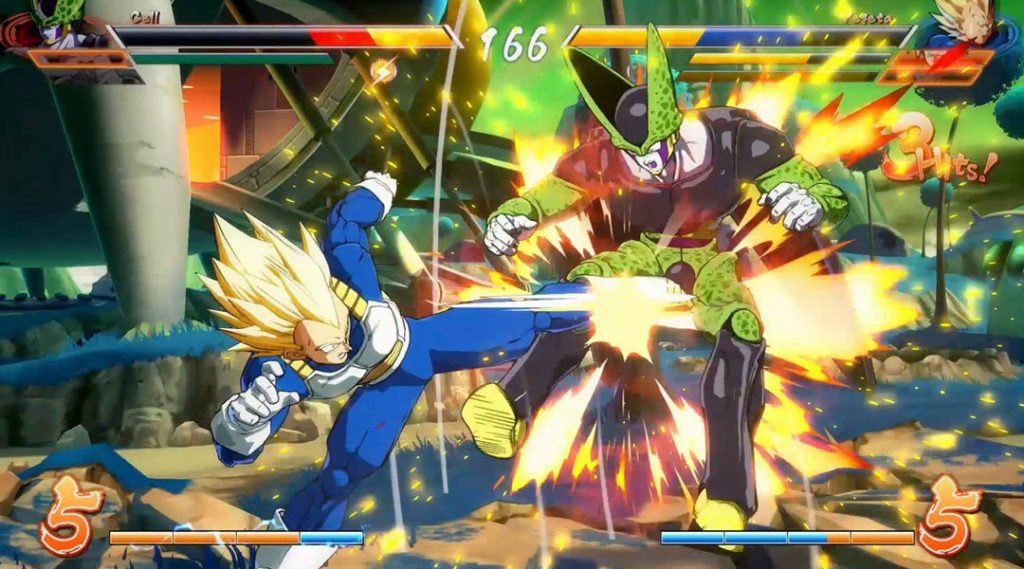
Simplified Inputs
I speak from personal experience when I say that one of the biggest barriers to entry for many fighting games is the perception that its necessary to buy a fighting stick to get the most out of the genre. While this may be true for titles with complex inputs, both BBTag and FighterZ were designed with a controller in mind. Just about every special attack and super in both games is performed through using a quarter circle forward or quarter circle back motion. Like every other element of these title’s simplification, the aim here is to remove unnecessary complexity without undermining the underlying strategy. After just a few matches of BBTag I was thinking about and able to execute anti-air attacks on opponents that would abuse aerials, rather than fumbling with a shoryuken motion. Similarly, my opponent was able to adapt to my overuse of anti-airs, bait out my attacks, and punish. The reliance on quarter-circle motions has the added benefit of making it easy to pickup other characters, as the basic inputs are the same.

Familiar Characters and Killer Visual Presentation
Dragon Ball is one of the most loved properties in pop culture, the epic tale of Goku introducing millions to the wonderful world of Japanese animation. The capability for these characters to pull in players that would normally never touch this type of anime fighter can’t be understated. Luckily ArcSys was up to the task, beautifully realizing the cast in a 2.5D aesthetic. The models emulate the look of 2-D animation, with the benefit of the fluidity of 3D, all while emulating the sharp line art of late Dragon Ball Z. The supers and general combos capture the hot-blooded thrill of the series, resulting in bombastic finales that look straight out of the TV show. This flashiness has the potential to catch the eye of anime fans everywhere, the eye-candy backed up by a fundamentally well-built game. BBTag doesn’t have quite the same star-power, but it pulls from the popularity of the RWBY web-series, similarly gorgeously realizing that show’s main cast. These characters provide new players with the comfort of beloved characters, shepherding them into learning their game’s systems.
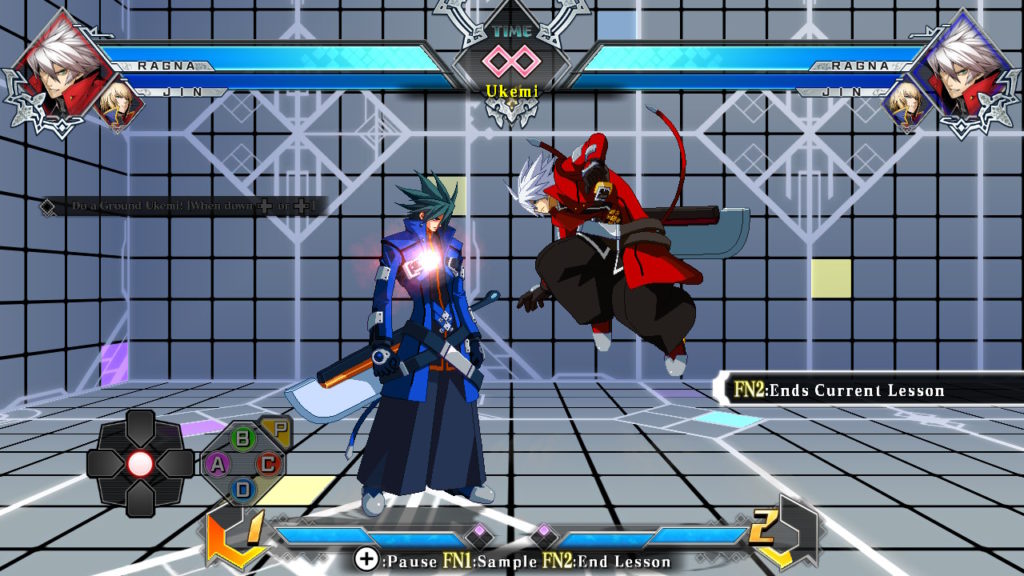
Fleshed Out Practice Mode And Decent Combo Tutorials
While it feels like something of a necessity in a modern fighter, the practice mode comes flush with an abundance of bells and whistles. You can set how the CPU dummy will block, easily teleport to the corner, and even program the CPU to perform a certain series of inputs. While this is nothing new, its important that there is a fleshed out way to better your offense and defense. Both games also feature solid combo tutorials, introducing some of the basics of each character’s combo structure. While few of tutorials introduce the actual go-to bread and butters for the fighters, they do provide some inspiration.
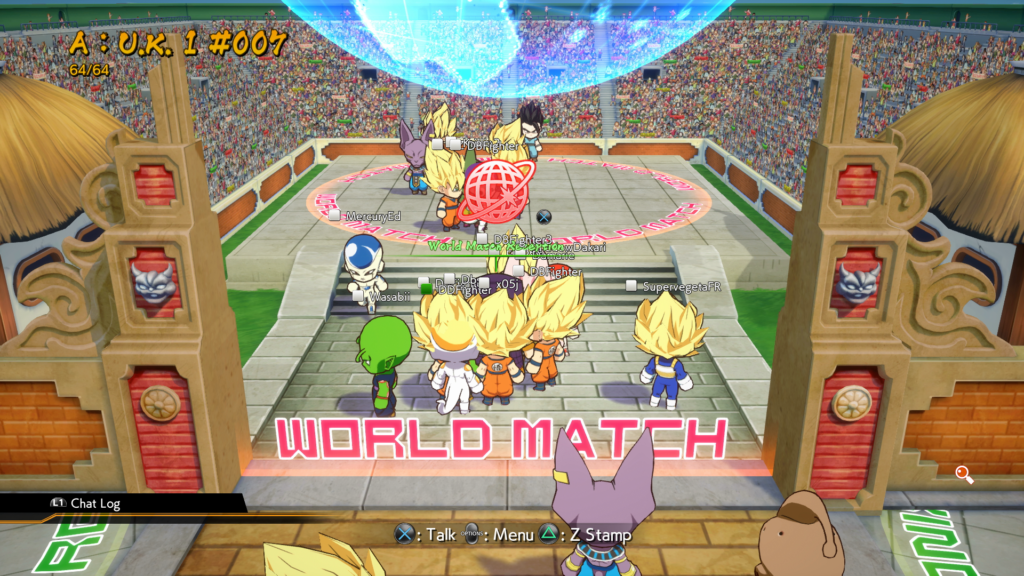
Casual Games and Hub Areas
One of the most important factors for being able to improve is being able to easily play a lot of matches. While both games support matchmaking, they also enable players to join a hub world in which you can interact with other chibi avatars and challenge them to matches. BBTag is much better about this, offering kiosks for players to fight without a set limit on how many games they can play. I’ve encountered many players who I’ve played 10 matches with or more, better internalizing play styles, how to counter their character’s go to moves, and improving on the strategic element of my play in general. The hubs can also be a charmingly goofy place, floods of dancing emotes and general positivity abound in between matches.
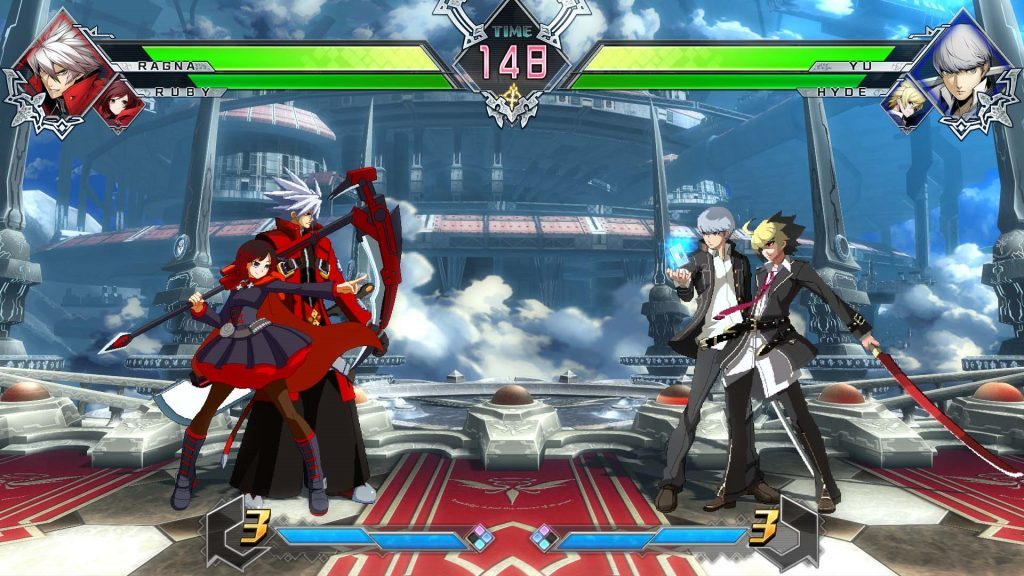
There’s something so wonderfully pure about fighting games. There’s no teammates to blame or factors outside of your control, just you and your opponent. The strategy of footsies, the raw technicality of combos, and the plethora of resources to manage all can come together in a competitive experience like no other. The barrier may generally be higher than many other multiplayer experiences, but I would argue that is difficulty is proportional to the reward.
While many, myself included, have thought of the genre as somewhat inscrutable, ArcSys has done everything in their power to make their games more immediately entertaining without ruining the skill ceiling. Auto-combos and easier timing windows strip away some of the technical burden, allowing people to get into the meat of the game sooner. Simplified inputs make it easier to play with a controller, and make it easier to jump between characters to experience more of the cast. FighterZ’s visual presentation is top notch, and BBTag is great at getting you into games quickly. In both titles, they have stripped away much of the bulk that has has accumulated over years as developers have added systems upon systems to their games to cater to an increasingly hardcore fan-base.
Don’t get me wrong, the concessions that ArcSys has made don’t make it easy to immediately dominate your opponents. It still requires a great deal of time and dedication to reach the top of the ladder. But where they have broken new ground is in making it easier to get past the initial hurdles, allowing players to get a taste of the gratification that comes with practice. Dragon Ball FighterZ and BlazBlue: Cross Tag Battle may not bring in massive player counts compared to some of the other modern multiplayer phenoms, but they will undoubtedly shepherd many into the rewarding world of competitive fighting games due to their well-considered simplifications of a demanding style of game.




